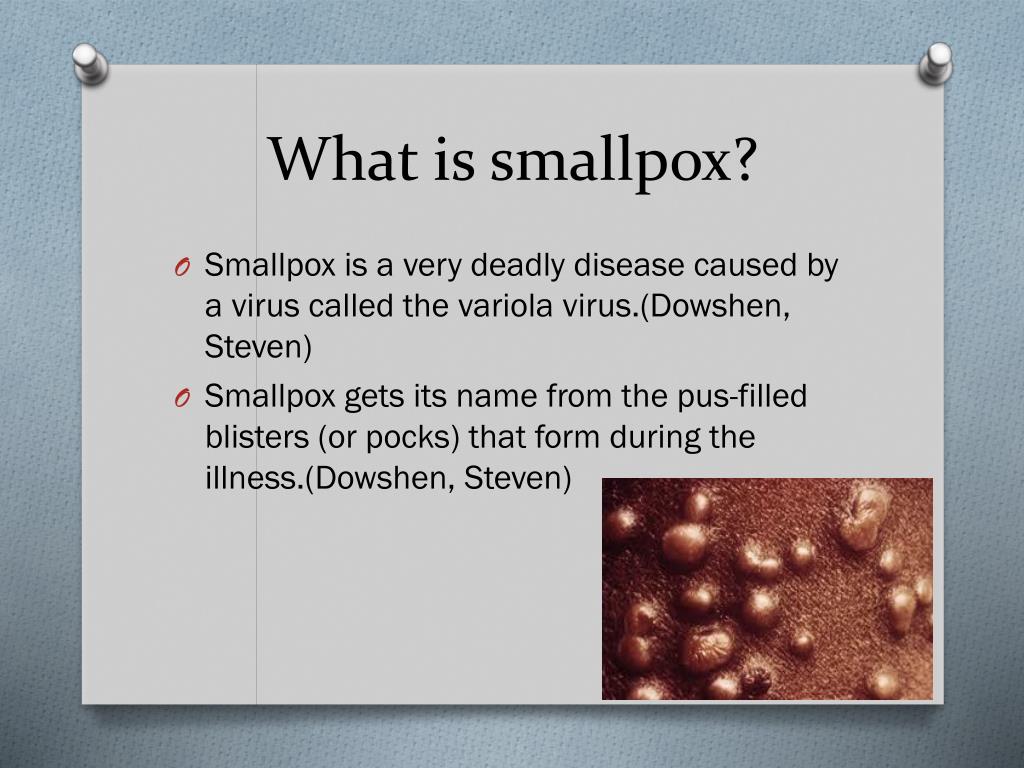

Tier 1C comprises pregnant women as well as household contacts and out-of-home caregivers of either severely immunocompromised individuals or children under the age of 6 months. Tier 1B, the highest tier of patients, includes people 65 years and older with at least one underlying high-risk health condition, those 6 months to 64 years of age with two or more underlying high-risk conditions, or those hospitalized in the past 12 months with pneumonia, influenza or another high-risk condition. 2, 3 We recommend using your clinic’s administrative databases to enumerate eligible individuals among your patient population. Patients can be divided into risk groups based on age, presence of other high-risk medical conditions and household contacts with high-risk persons. In the ACIP and NVAC’s draft recommendations on pandemic influenza vaccine prioritization, health care workers with direct patient contact and those who provide critical support roles are included in the highest tier, Tier 1A. This will allow for proper estimates of vaccine recipients in each tier. Clinics will need to identify and eventually contact individuals – both patients and employees – who are likely to be in a high-priority group. Given the potential for significant problems with communicating and implementing vaccine prioritization during a pandemic, family physicians and clinic managers must prepare themselves in advance. While the prioritization guidelines are useful for planning purposes, keep in mind that, should a pandemic occur, they will likely require modification based on the actual epidemiology of the pandemic and on vaccine and antiviral medication supplies. Department of Health and Human Services Pandemic Influenza Plan, released in November 2005. The recommendations of the ACIP and NVAC have been included in the U.S. The goal is to minimize hospitalizations and deaths, and to prevent the social disintegration that can result from such a catastrophe.

1 The priority groups identified in the plan reflect the known epidemiology of influenza viruses, morbidity and mortality data, and vaccine efficiency 2, 3 (see “Priority groups for pandemic influenza vaccine”). On July 19, 2005, the National Vaccine Advisory Committee (NVAC) and the Advisory Committee on Immunization Practices (ACIP) unanimously approved a prioritization plan for this eventuality.

If the emerging avian influenza or another new virus creates a pandemic, severely limited supplies of vaccines and antiviral medications are likely.

The potential for an influenza pandemic with enormous mortality and morbidity poses an increasing threat to our world of easy international travel, concentrated population centers and large numbers of people receiving poor health care. Health Equity, Diversity, & Social Determinants of Health.


 0 kommentar(er)
0 kommentar(er)
